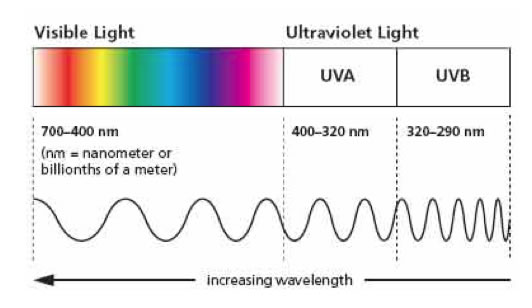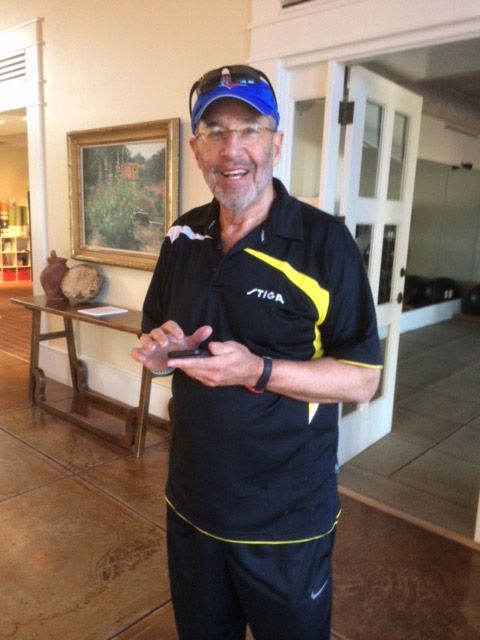By Richard Lieberman, MD – Ageless MDSolutions
When the summer sun approaches, it is time to review the importance of using sun-blockers. Sun worship and tanning are time-honored activities, which carry risk of unintended consequences.
From the dawn of time, our sun has emitted the spectrum of electromagnetic radiation, including the rainbow of visible light. Invisible waves of ultra-violet, have shorter wavelength than visible light. Ultra violet radiation is divided into three wavelengths UVA, B, and C.

We Can’t Live without the Sun
While we can’t live without the sun, and light is needed for important Vitamin D metabolism, ultra-violet light, in high doses, can cause deleterious and cancerous changes in skin cells (squamous cells, basal cells, and melanocytes). Any good sun-blocker must be “broad spectrum”, and block UVA, and UVB. (UVC rays are blocked high in the atmosphere).
Sun-blockers are graded by the Sun Protection Factor, or SPF. SPF tells you how much more time it would take to redden the skin compared to using no blocker. SPF 15 means it would take 15 times longer to redden than if you used no blocker. SPF 15 blocks about 93% of UVB (which is the main reddening ingredient of sunlight). SPF 30 blocks 97%. SPF 50 blocks 98%. An SPF of 30 is efficient. Paying for an upgrade that has twice the SPF, only gives a blocking effect of about 1% more.
“Natural” blocking agents sound appealing, but sun-blockers with active chemical ingredients like Avobenzone perform better in test results. The FDA does not recognize a difference between adult vs kids’ sunscreens. And remember, being in the shade is an excellent form of sun-blocking. So is the use of proper hats and clothing.
Recommendations
There are many places to get buying recommendations. I use Equate Sport Lotion, SPF 50 (available at Wal-Mart), which is under $10. When I want to keep my hands dry (while playing tennis) I use Trader Joe’s Spray, SPF 50. DON’T spray around the face since inhaling spray can cause problems, especially in children. When I want to pamper myself in the morning, I use Obagi HydraFactor, which is a moisturizer plus is a broad-spectrum sun blocker (SPF 30).
The above represent my ideas and opinions. For further information you can check Skincancer.org; Consumer Reports; or the American Academy of Dermatology Public and Patients section on their website.

